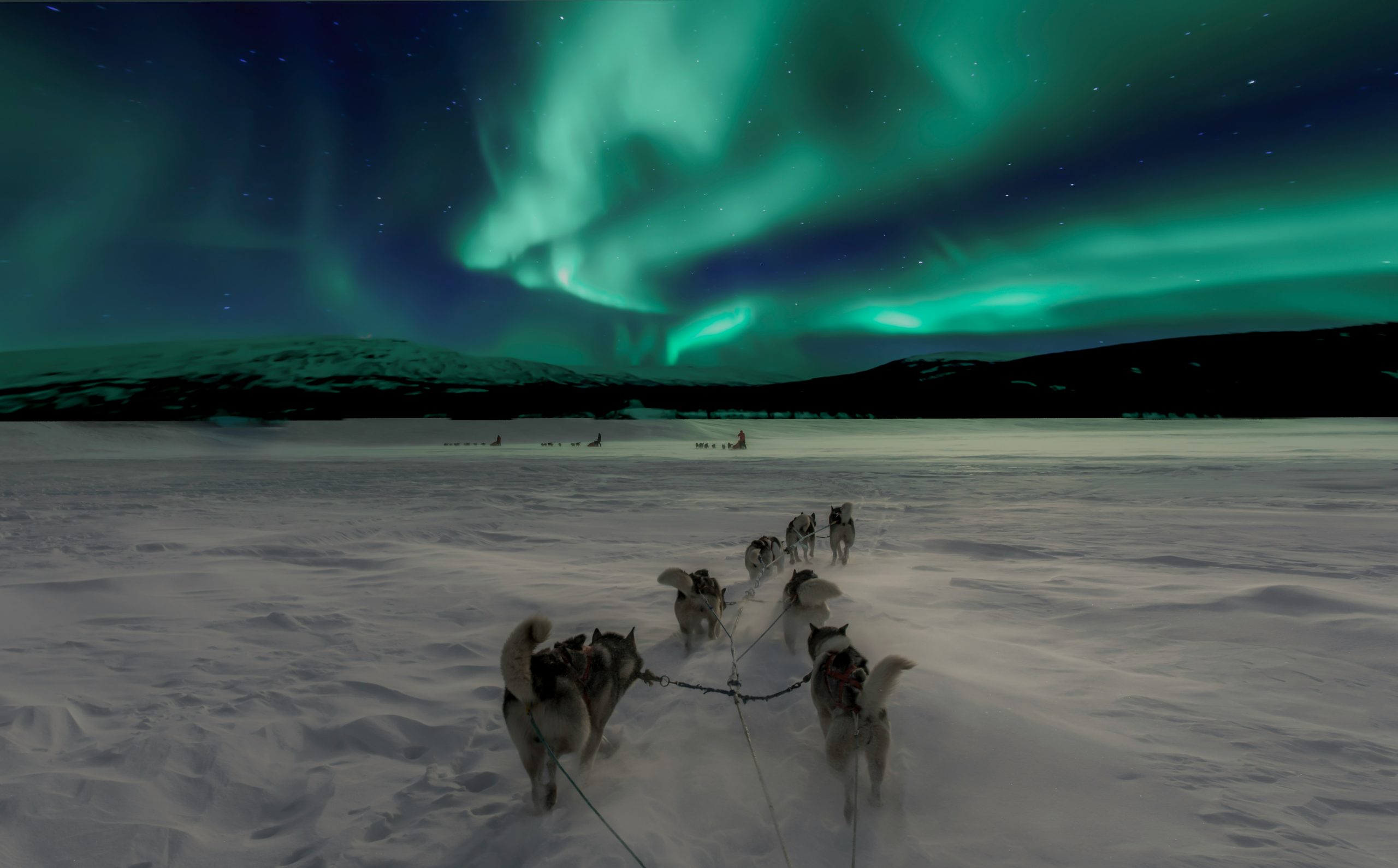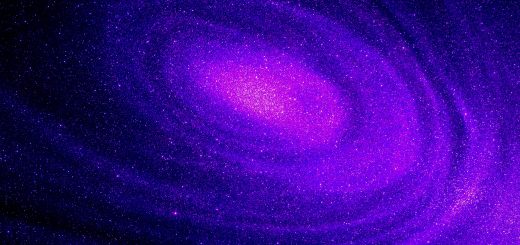Black Holes: The Most Mysterious Objects in Space

Before diving in, please note: This post is for informational purposes only. If you’d like to know more about how we approach topics, feel free to check out our friendly Disclaimer Page.
Hey there, amazing readers! 🖐️ Just a quick note: yes, we know there are a lot of ads here. Trust us, we get it—it’s not the prettiest look, but they help us keep this blog alive and kicking. Those pesky little ads cover the costs of all the behind-the-scenes magic, from hosting and tech stuff to creating content we hope you’ll love.
We’re committed to delivering quality posts, and your support (even just sticking around despite the ads) means everything to us. So, bear with us, and thanks for helping us keep the good vibes rolling. Now, on to the fun stuff! 😉
TRANSLATE BUTTON AT THE END OF THE ARTICLE
A Quick Overview
Black holes have captivated our imagination for decades.
They evoke a sense of wonder, fear, and curiosity.
These cosmic phenomena are often portrayed as the ultimate destroyers of matter and energy, yet they also serve as essential players in the cosmic theater.
Today, we’ll embark on an exciting journey through the universe as we explore the enigmatic world of black holes.
Buckle up, because we’re going to uncover what they are, how they form, the different types, and their role in the grand tapestry of our universe.
Exploring the Enigma: What Are Black Holes?
So, what exactly is a black hole?
Simply put, a black hole is a region in space where gravity is so strong that nothing, not even light, can escape its grasp.
This isn’t just a theoretical concept; it’s a reality supported by a mountain of scientific evidence.
At the core of a black hole lies a singularity—an infinitely dense point where the laws of physics as we know them break down.
Surrounding this point is the event horizon, the boundary that marks the point of no return.
Cross that line, and you’re destined for a one-way trip into the unknown.
You might be wondering how we even know these entities exist if we can’t see them.
Well, black holes don’t emit light.
Instead, they reveal their presence through their interactions with nearby matter.
When a star or gas falls toward a black hole, it heats up and emits X-rays, which we can detect.
In essence, black holes are not just cosmic vacuum cleaners.
They are complex systems that challenge our understanding of physics, gravity, and the very fabric of space and time.
The Birth of a Black Hole: Stellar Evolution Explained
The life cycle of a black hole begins with a massive star.
Stars are born from clouds of gas and dust, undergoing nuclear fusion in their cores.
This process creates energy, which pushes outward against the force of gravity trying to pull everything in.
As a star ages, it goes through different stages of evolution.
For massive stars, this journey can end dramatically.
Once they exhaust their nuclear fuel, the balance tips.
Gravity takes over, and the core collapses under its own weight.
If the star is massive enough, this collapse creates a supernova explosion, blasting away its outer layers.
What remains is either a neutron star or a black hole, depending on how much mass is left.
Interestingly, smaller stars, like our Sun, won’t become black holes.
Instead, they’ll shed their outer layers and leave behind a white dwarf.
So, if you ever look into the night sky, remember: some stars live life large, while others take a quieter path!
The Different Types of Black Holes: A Cosmic Variety
Black holes come in various forms, each with its own unique characteristics.
Here are the main types:
Stellar Black Holes: These form from the remnants of massive stars and typically have masses between 3 and 20 times that of our Sun.
Supermassive Black Holes: Found at the centers of galaxies, these giants can weigh millions or even billions of solar masses.
The Milky Way, our home galaxy, has one of these at its heart called Sagittarius A*.
Intermediate Black Holes: These are the middle children of black holes, with masses ranging from 100 to 100,000 solar masses.
They are the least understood and might form from the collision of stellar black holes.
Primordial Black Holes: These hypothetical black holes could have formed shortly after the Big Bang.
They might have masses that vary widely and could play a role in dark matter.
Each type tells a different story about the universe’s evolution and structure.
Isn’t it fascinating how diverse these cosmic objects can be?
How Do We Detect Black Holes? The Science Behind It
Since black holes are invisible, how do we spot them?
Scientists use several ingenious methods:
X-ray Emissions: As matter spirals into a black hole, it heats up, emitting X-rays.
Observatories like NASA’s Chandra X-ray Observatory help detect these high-energy signals.
Gravitational Effects: Black holes exert strong gravitational forces.
By observing the motion of nearby stars, astronomers can infer the presence of a black hole.
Gravitational Waves: The merger of black holes creates ripples in spacetime.
These gravitational waves were first detected by LIGO in 2015, opening a new window into observing the universe.
Accretion Disks: Matter falling into a black hole forms a rotating disk.
This disk can emit light across the electromagnetic spectrum, making it detectable.
We’re in a golden age of astronomy, where technology has enhanced our ability to study black holes, turning what was once science fiction into science fact.
The Event Horizon: The Point of No Return Unveiled
The event horizon is a fascinating aspect of black holes.
It represents the boundary beyond which nothing can escape.
But what’s so special about it?
Imagine standing at the edge of a waterfall.
You can feel the pull of the water as it cascades over.
The event horizon works similarly.
Once you cross it, you can’t come back.
This boundary varies for different types of black holes.
For a stellar black hole, it’s relatively small, while a supermassive black hole could have an event horizon the size of our solar system.
What happens at the event horizon?
It’s like a cosmic speed limit.
Any object approaching it will experience extreme gravitational pull.
Time behaves strangely here; an observer watching from a safe distance would see someone falling in slow motion, but the person falling would experience time normally.
Isn’t that mind-boggling?
Spaghettification: The Fascinating Fate of Falling Matter
Let’s talk about a term that sounds like it belongs in an Italian restaurant: spaghettification.
It might sound funny, but it describes a serious phenomenon.
As objects get closer to a black hole, they experience intense tidal forces due to the gradient in gravitational pull.
Think of it as a cosmic stretching effect.
If you were to fall into a black hole, your feet would experience a stronger pull than your head, stretching you out like spaghetti.
This process can tear apart stars and other celestial bodies.
Scientists study spaghettification to understand the limits of physical objects and how matter behaves in extreme gravitational fields.
It brings a whole new meaning to the term “gravitational pull,” doesn’t it?
Black Holes and Their Role in Galaxy Formation
Believe it or not, black holes play a significant role in shaping galaxies.
Supermassive black holes, in particular, are found at the centers of most galaxies.
Their immense gravitational pull influences the motion of stars and gas within the galaxy.
The presence of a supermassive black hole can regulate star formation.
When gas and dust are drawn toward the center, they heat up, leading to intense energy output.
This energy can inhibit surrounding gas from collapsing into new stars, effectively controlling the growth of the galaxy.
Additionally, black holes can create powerful jets of energy that extend far beyond their event horizons.
These jets can influence the interstellar medium, affecting star formation rates across vast distances.
In a way, black holes act like cosmic gatekeepers, maintaining the balance within galaxies.
The Relationship Between Black Holes and Dark Matter
Dark matter remains one of the greatest mysteries in astrophysics.
It comprises about 27% of the universe, yet we can’t see it.
So, how do black holes fit into this enigmatic puzzle?
Some theories suggest that primordial black holes could be a form of dark matter.
Their elusive nature and varying mass might explain the gravitational effects we observe in galaxies without visible matter.
Furthermore, supermassive black holes could also influence the distribution of dark matter in galaxies.
The gravitational pull from a black hole may create a complex interplay with dark matter, leading to the formation of structures we observe today.
As we delve deeper into both black holes and dark matter, we inch closer to uncovering the mysteries of the universe.
What Happens Inside a Black Hole? Theories and Wonders
What goes on inside a black hole?
This question has sparked debates among scientists and philosophers alike.
The singularity at the center poses a challenge for our understanding.
Currently, the laws of physics as we know them break down at the singularity.
General relativity predicts infinite density, while quantum mechanics suggests that the rules of the universe change entirely.
Some theories propose that information might be preserved in a way we don’t yet understand.
The famous holographic principle suggests that all the information contained within a volume of space can be represented as a two-dimensional surface.
Crazy, right?
Other ideas revolve around alternate dimensions or even wormholes that could connect different points in space and time.
While fascinating, these remain speculative until we gather more evidence.
Famous Black Holes: Meet the Cosmic Superstars
Several black holes have captured the public’s imagination.
Here are a few noteworthy mentions:
**Sagittarius A***: This supermassive black hole sits at the center of the Milky Way.
It has a mass about 4.1 million times that of the Sun.
Its presence affects the motion of stars in our galaxy.
**M87**: Located in the Virgo galaxy cluster, M87 made history in 2019 when the Event Horizon Telescope captured its shadow.
This marked the first direct visual evidence of a black hole.
V404 Cygni: This stellar black hole is known for its erratic behavior.
It’s located about 7,800 light-years away and has been observed ejecting bursts of energy.
These black holes are not just cosmic anomalies; they provide insights into the workings of the universe and our place within it.
Black Holes in Pop Culture: Myths vs. Reality
Black holes have become a staple in pop culture.
Movies, books, and TV shows often depict them as destructive forces.
Let’s separate fact from fiction:
Myth: Black holes are vacuum cleaners that suck up everything.
Reality: They only pull in objects that venture too close.Myth: You can survive a trip through a black hole.
Reality: Sorry, but spaghettification would likely be your fate.Myth: Black holes lead to other universes or time travel.
Reality: While intriguing, these ideas are still theoretical.
Black holes spark our imagination, but it’s essential to ground our understanding in science.
The Future of Black Hole Research: What Lies Ahead?
The exploration of black holes is far from over.
With advancing technology, we can expect exciting developments in the field.
Gravitational Wave Astronomy: Continued observations will help us understand the mergers of black holes and their origins.
Event Horizon Telescope: Future observations will aim to capture more black holes and refine our understanding of their characteristics.
Theoretical Physics: Ongoing research will delve deeper into the nature of singularities and the relationship between black holes and quantum mechanics.
As we keep pushing the boundaries of knowledge, who knows what we’ll discover next?
Conclusion
Black holes are not just cosmic oddities; they are integral to our understanding of the universe.
From their formation to their role in galaxy evolution, these mysterious entities challenge our perceptions and enhance our scientific curiosity.
As we continue to explore their depths, we unveil the wonders of the cosmos and our place within it.
So, the next time you gaze up at the night sky, remember the dark, swirling mysteries that lie beyond—waiting to be discovered!

The Enlightenment Journey is a remarkable collection of writings authored by a distinguished group of experts in the fields of spirituality, new age, and esoteric knowledge.
This anthology features a diverse assembly of well-experienced authors who bring their profound insights and credible perspectives to the forefront.
Each contributor possesses a wealth of knowledge and wisdom, making them authorities in their respective domains.
Together, they offer readers a transformative journey into the realms of spiritual growth, self-discovery, and esoteric enlightenment.
The Enlightenment Journey is a testament to the collective expertise of these luminaries, providing readers with a rich tapestry of ideas and information to illuminate their spiritual path.
Our Diverse Expertise 🌟
While our primary focus is on spirituality and esotericism, we are equally passionate about exploring a wide range of other topics and niches 🌍📚. Our experienced team is dedicated to delivering high-quality, informative content across various subjects ✨.
To ensure we provide the most accurate and valuable insights, we collaborate with trusted experts in their respective domains 🧑🏫👩🏫. This allows us to offer well-rounded perspectives and knowledge to our readers.
Our blog originally focused on spirituality and metaphysics, but we’ve since expanded to cover a wide range of niches. Don’t worry—we continue to publish a lot of articles on spirituality! Frequently visit our blog to explore our diverse content and stay tuned for more insightful reads.





